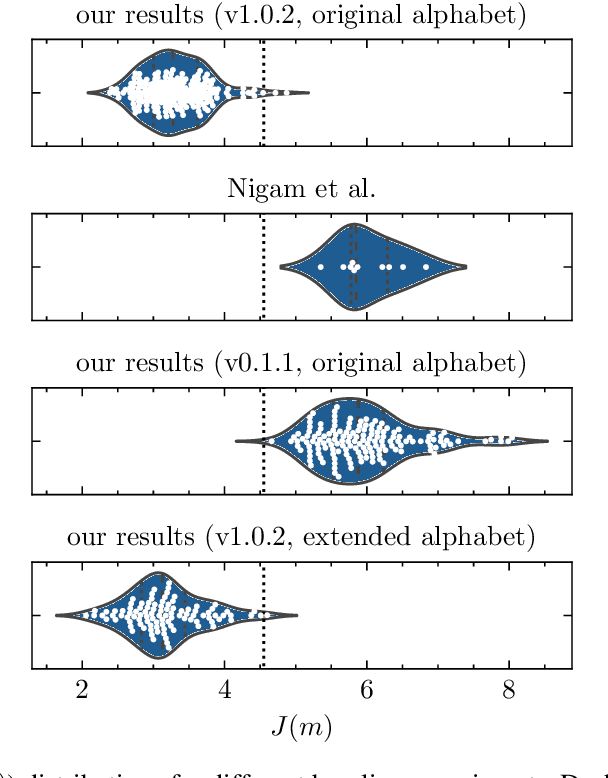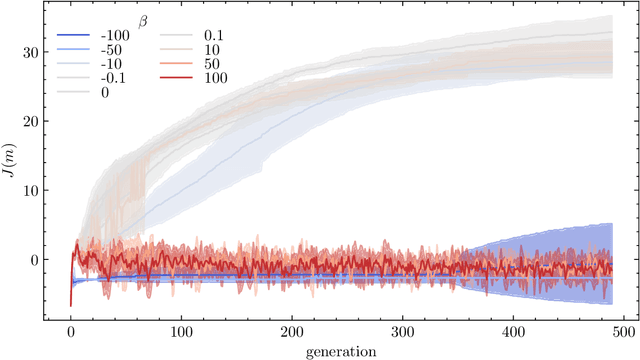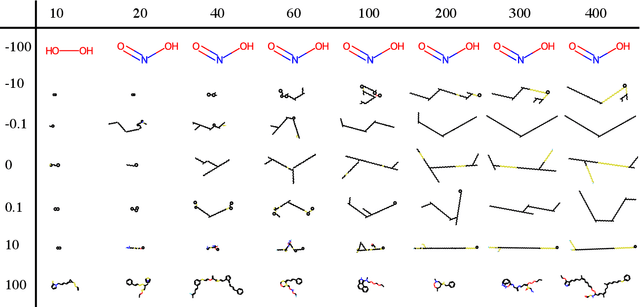Brian Yoo
A reproducibility study of "Augmenting Genetic Algorithms with Deep Neural Networks for Exploring the Chemical Space"
Feb 10, 2021



Abstract:Nigam et al. reported a genetic algorithm (GA) utilizing the SELFIES representation and also propose an adaptive, neural network-based penalty that is supposed to improve the diversity of the generated molecules. The main claims of the paper are that this GA outperforms other generative techniques (as measured by the penalized logP) and that a neural network-based adaptive penalty increases the diversity of the generated molecules. In this work, we investigated the reproducibility of their claims. Overall, we were able to reproduce comparable results using the SELFIES-based GA, but mostly by exploiting deficiencies of the (easily optimizable) fitness function (i.e., generating long, sulfur containing chains). In addition, we reproduce results showing that the discriminator can be used to bias the generation of molecules to ones that are similar to the reference set. Lastly, we attempted to quantify the evolution of the diversity, understand the influence of some hyperparameters, and propose improvements to the adaptive penalty.
 Add to Chrome
Add to Chrome Add to Firefox
Add to Firefox Add to Edge
Add to Edge